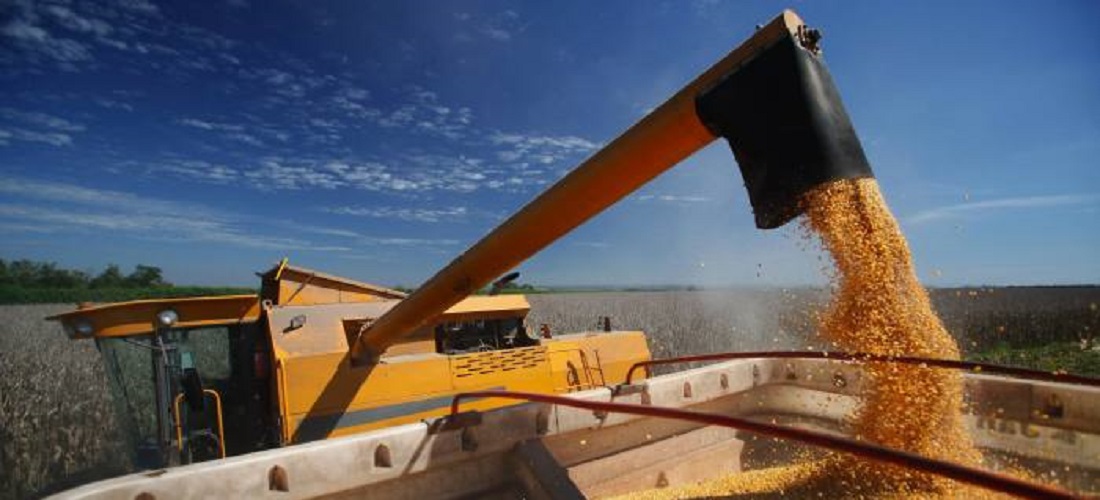
Brazilian corn heads up the latest USDA, Conab forecast disparity
Oct, 17, 2024 Posted by Gabriel MalheirosWeek 202441
Controversy over Brazil’s crop estimates commanded the market’s attention earlier this year as the U.S. Department of Agriculture and its Brazilian counterpart established drastically different views on the corn and soybean harvests.
These 2023-24 crop disparities were unusually large and involved volumes significant enough to impact global trade given that Brazil is the leading soy exporter and No. 2 in corn.
This discussion could resurface this year as the 2024-25 crop views between USDA and Brazilian statistics body Conab are misaligned once again. Luckily for soybeans, the two agencies’ early 2024-25 outlooks would represent the smallest disparity in four years.
But their 2024-25 corn crop estimates are even further apart than in prior seasons, and this estimate margin has only widened over the past three years.
Peeling back the layers reveals some explainable differences in each agency’s forecasts, suggesting the overall assumptions may be more similar than it appears. But it is important to understand what is driving those deviations.
CORN NOTABLES
In its first official outlook published on Tuesday, Conab pegged Brazil’s total 2024-25 corn crop at 119.74 million metric tons, up 3.5% from 2023-24. USDA since May has maintained a view of 127 million tons, some 6% higher than Conab.
That disparity of 7.3 million tons (286 million bushels) represents more than one-quarter of all Brazilian corn exports so far in 2024.
USDA’s estimate of the 2023-24 corn crop is more than 5% above Conab’s, driven by larger figures for both area and yield. On a year-to-year basis, however, USDA sees the 2024-25 crop up 4.1%, somewhat consistent with Conab’s view.
The area trend is where the agencies disagree. Conab sees 2024-25 corn plantings down fractionally on the year while USDA has harvested area up 3.7%. That is a difference of 1.3 million hectares (3.2 million acres).
Almost 80% of Brazil’s total corn output comes from the second crop, planted immediately after the soybean harvest. Conab actually pegs 2024-25 second corn area to rise 1% on the year, though USDA does not break out its estimates past the total crop level.
This is important because Brazil’s second corn crop is the one primarily used for exports, so a bigger area coupled with strong yields could maintain or increase its presence on the world market, keeping pressure on U.S. exporters.
In its biannual data users’ meeting on Wednesday, USDA officials said its corn crop differences with Conab are attributable to varying demand assumptions. An examination of the numbers shows the corn crop disparities are largely offset by exports and use.
USDA sees Brazil’s 2024-25 corn exports up 6% on the year while Conab pegs them down 5%, placing more emphasis on domestic use.
NARROWER SOYBEANS
The soybean estimates are what originally got the market talking earlier this year, as USDA’s projection for Brazil’s 2023-24 soy harvest had been more than 8 million tons (5% or 294 million bushels) above Conab’s.
Those numbers have since moved closer together, but on average over the previous three seasons, USDA’s soy crop views are more than 4% larger than Conab’s.
The chart below uses DataLiner-derived data to compare each month’s soy export volume at Brazilian maritime ports in the period comprising the first eight months of the year between 2021 and 2024. Readers may request a demo at Datamar’s website, linked below.
Soy Exports from Brazil | Jan 2021-Aug 2024 | WTMT
Source: DataLiner (click here to request a demo)
USDA’s 2024-25 forecast of 169 million tons is only 1.8% larger than Conab’s 166 million, which is a larger deviation than in most years but smaller than ones seen recently. This year, the difference is rooted in yield assumptions.
Both agencies are optimistic for record Brazilian soybean exports in 2024-25 on strong demand from top buyer China, and a record crop would help facilitate that.
However, if Brazil experiences mostly favorable weather over the next couple of months, both agencies could be underestimating soybean crop potential, which they commonly do in good weather years.
Writing by Karen Braun
Source: Reuters
-
Grains
Dec, 19, 2022
0
Soy/Argentina: line-up points to meal shipment close to 1.888.281 t in December
-
Other Logistics
Aug, 30, 2024
0
Ports in Santa Catarina set eye on two new rail lines
-
Ports and Terminals
May, 13, 2022
0
The Port of São Francisco do Sul inaugurates a new gate
-
DW 2020 EN
Aug, 24, 2020
0
DATAMARWEEK 25 AUGUST 2020

